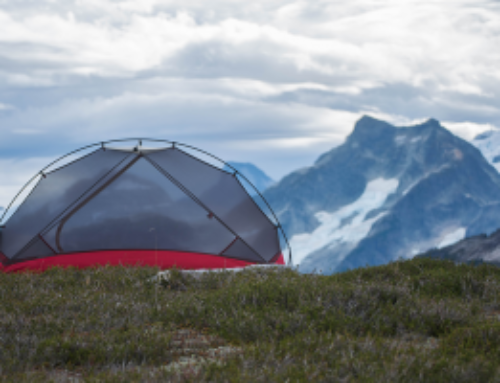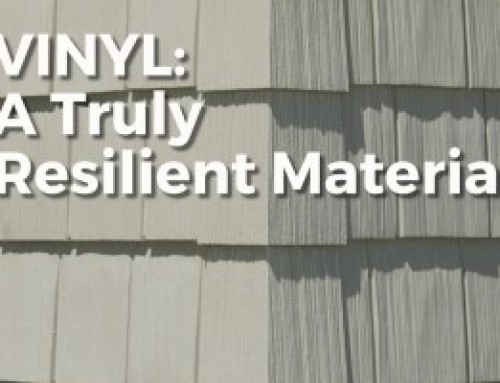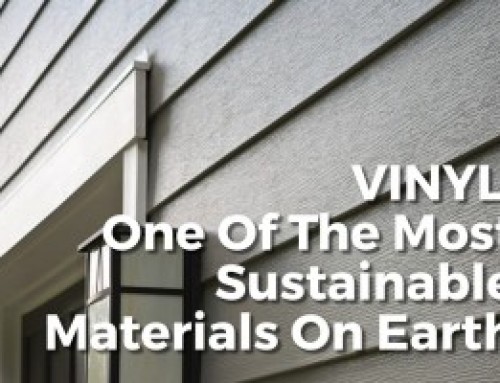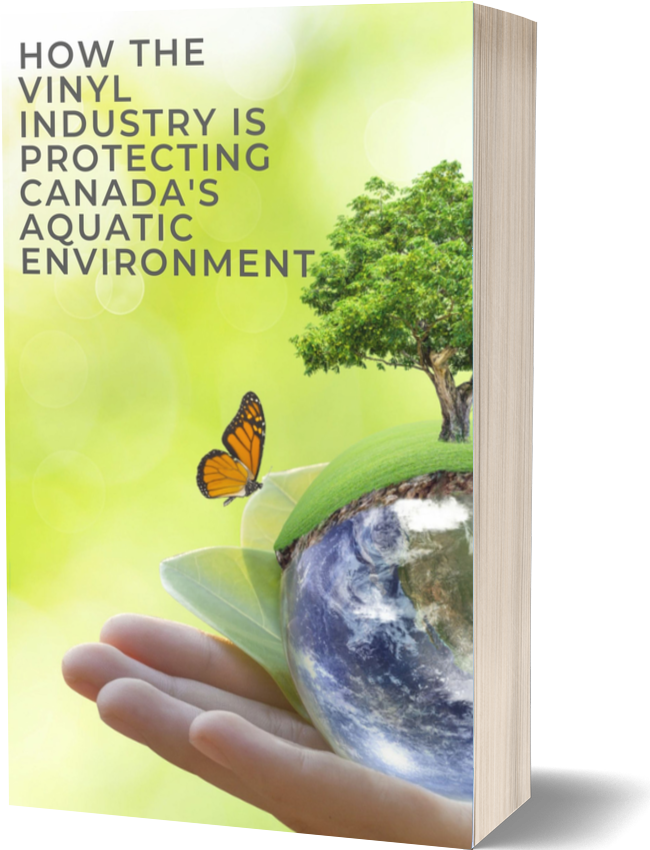The Dangers & How to Avoid Them
The winter season can wreak havoc on local streets in city streets which affect everyone from daily commuters to public transit riders.
Physical removal of snow and maintaining roadways can be a great nuisance to municipalities throughout Canada, but, damage caused by aging infrastructure is often in the background of debates.
This is where the impact of water main breaks rests.
Water main breaks in the winter season are a hidden threat to residents of any city as they can:
- Influence your pocketbook as a taxpayer
- Create delays as a result of the repair
- In the worst case, even result in safety concerns for the public.
These winter hazards can often be attributed to aging traditional building materials used in infrastructure. When looking to long-term solutions for municipalities, the solution can be found in Vinyl.
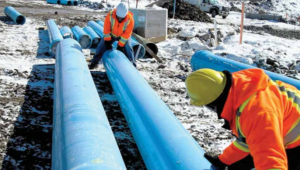 Interested in reading more about why vinyl is the superior choice for pipe?
Interested in reading more about why vinyl is the superior choice for pipe?
Read our past article: Do You Know What’s Under Your street?
In Jan. 9th of 2018, only two weeks into the year, Bill Shea, Director of Distribution & Collection for Toronto Water, was quoted by the Toronto Star saying;
“This year, Jan. 1 ‘til today, I think we’ve had 150 water main breaks,” Shea said. “Last year, during the same period, we had 50. So it’s three times (as much as usual) because of this cold weather.”
This means three times the likelihood of possible accidents and construction signs in local neighbourhoods. It’s not just Water Main Breaks in Toronto though, these breaks effect everybody in both rural and urban neighbourhoods across North America.
As a great example for the United States, see this website that tracking water main breaks nationally: http://www.watermainbreakclock.com/
What does this high volume of water main breaks mean for you?
As your municipality works through winter weather to repair the damage caused by water main breaks, service disruptions will happen. Implying a few hours or more that you and/or your family could be without running water.
Even further, these service disruptions can directly affect homeowners. If not tended to stagnant household pipes may freeze due to sub zero temperatures.
Here are some tips on how to protect your household pipes from freezing:
- Ensure you know where the main water shut-off valve is in your home and how it operates (in case your pipes burst).
- Seal air leaks in your home and garage, especially in areas where pipes are located.
Unscrew any hoses, turn off the outdoor water supply and let the taps drain. - Keep areas that contain indoor pipes above 8°C, especially near the water meter.
Now, as you leave heading out to work, getting your morning coffee or errands in the midst of winter, keep an eye out for road closures. There is a good chance that it was caused by a water main break.
This could all be solved with the superior longevity of vinyl, with tax dollars being spent on repairs, it is only logical to use the material that will have the longest life-span & studies estimate that Vinyl pipe has a life expectancy of over 100 years. (Life Cycle Assessment of Vinyl, 2017)
Next winter season, when you pass a slippery street with a few too many construction signs…Let’s Talk Vinyl.
SOURCES:



